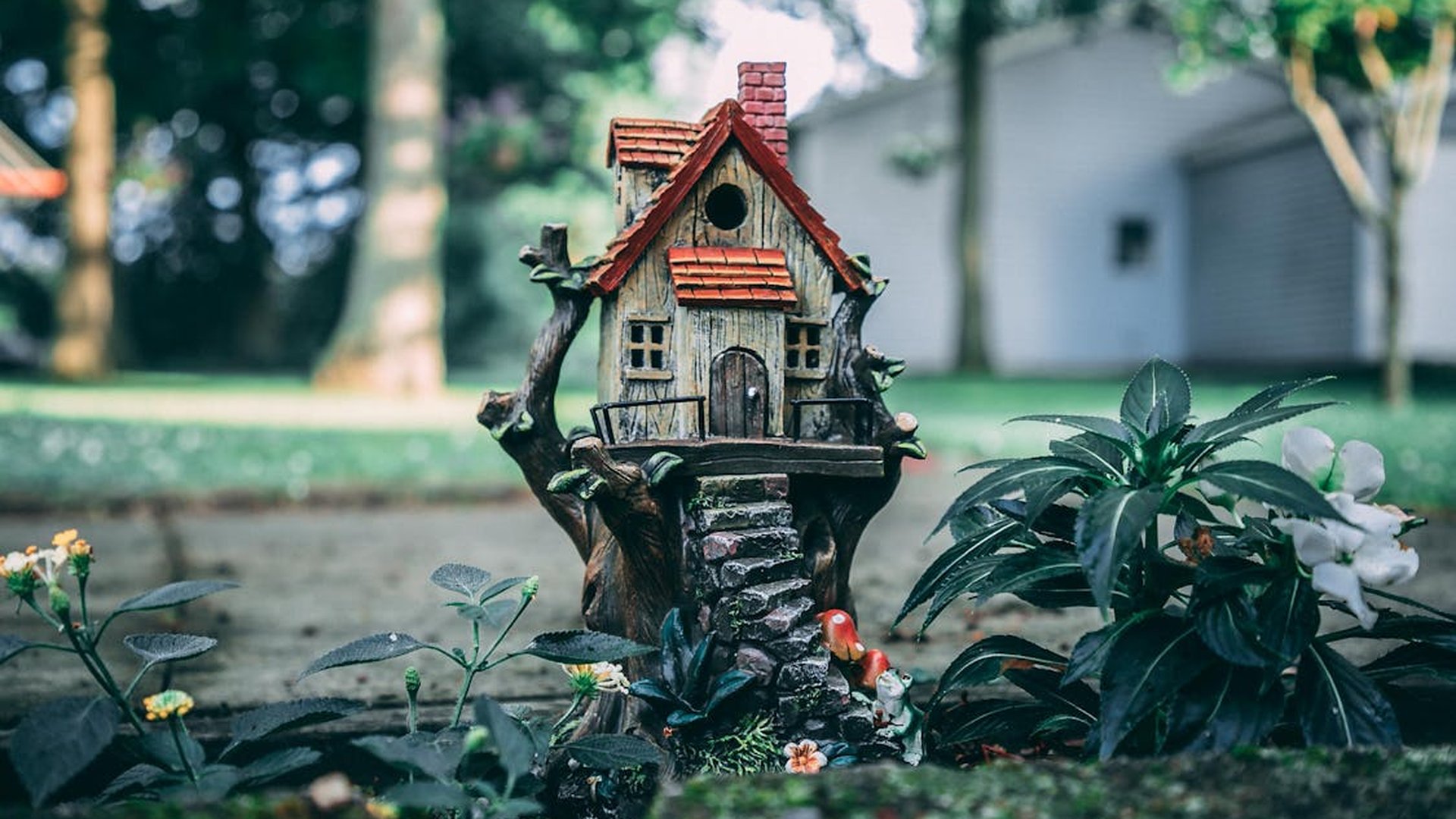Houses on the move: Tiny House - A revolution in modern housing

In the last few years, more and more people are turning to a minimalist lifestyle, so the concept of "Tiny House" has become a global phenomenon. Tiny Houses, translated as small house, offer freedom, sustainability and simplicity, and in this blog we will explore what exactly the "Tiny House" movement entails and why it is becoming more and more popular.
What are Tiny Houses?
Tiny Houses, or small houses, are actually apartments that usually have an area of less than 37m2. Their purpose is not only to reduce space, but also to optimize every square centimeter to provide everything necessary for a comfortable life. These houses are often mounted on wheels, making them mobile and easily transportable.
There are many reasons for their popularity, primarily financial freedom. It is well known that buying and maintaining a large house can be expensive, both in terms of initial costs and monthly bills and taxes. Tiny Houses are far more affordable, allowing owners to avoid the costs associated with traditional housing.
Another reason is environmental sustainability, small houses are usually more environmentally friendly because they use less energy for heating, cooling and lighting. Many homeowners choose to install solar panels, rainwater harvesting systems and other green technologies, further reducing their environmental footprint.
Then their simplicity and minimalism, given that living in a small house implies dedication to simplicity. Smaller space means less stuff, which leads to a lifestyle focused on experiences rather than material possessions.
Tiny Houses on wheels allow owners to change their place of residence whenever they want. Whether it's moving to another city or simply exploring nature, these homes offer flexibility that traditional homes can't provide.
Of course, such a life is not for everyone, and there are certain challenges such as limited space, which requires very good organization and adaptation in such a way that each thing must have its place, but also multiple functions so that the space itself is functional.
Depending on the location, laws and regulations for Tiny Houses can be complicated. In some places, these houses cannot legally be used as a permanent residence, which can be an obstacle for those who want to use them as a primary residence.
For those who are used to a larger space, the transition to living in a small house can be challenging, and it takes some time to adjust to such a lifestyle.
In conclusion, Tiny Houses represent a fascinating alternative to traditional housing. They provide an opportunity for freedom, sustainability and simplicity, but come with their own set of challenges.
Whether you're thinking about moving into a Tiny House or just interested in this trend, it's important to consider all aspects before making a decision.
This movement is not just a trend, but a reflection of a wider change in society towards a more sustainable, minimalist and conscious way of life. Tiny Houses can be an ideal solution for those looking for more freedom, less costs and a stronger connection with nature and themselves.